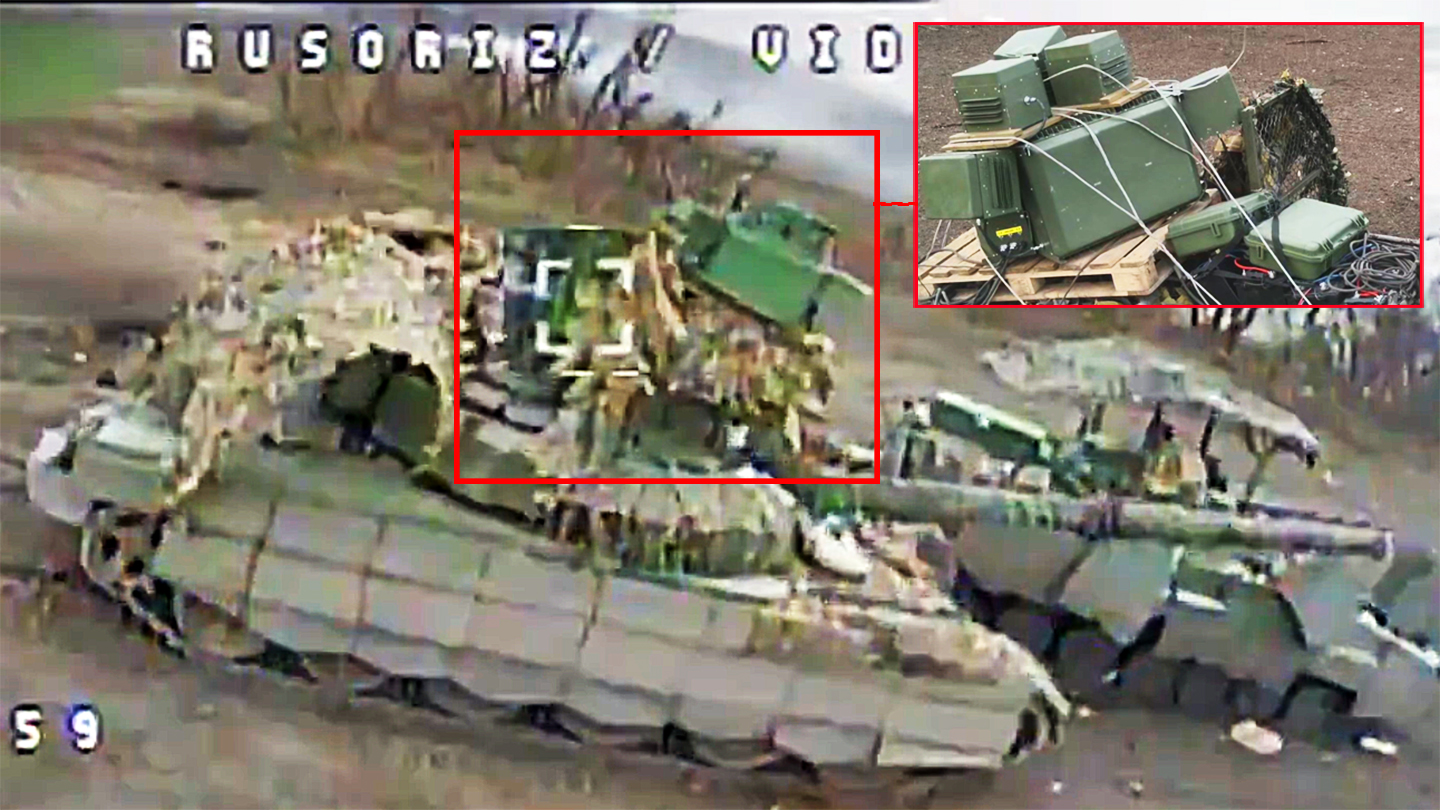The ongoing fight against first-person-view (FPV) drones, which have wrought major destruction to both sides on the battlefield, has led to the development of some extraordinary countermeasures. One of the most remarkable seen so far in a modified Russian T-72 tank, nicknamed Tsar, which has now fallen into Ukrainian hands.
The electronic warfare system-hauling tank, with multiple boxes associated with counter-drone electronic warfare jamming equipment, including what look like phased arrays of some kind, strapped to its turret, was first noted in a video showing FPV strikes by Ukraine’s 60th Mechanized Brigade on a Russian formation. As well as the adapted T-72 — apparently a T-72B3M obr 2022 version — a BTR-82 armored personnel carrier also came under attack.
It’s worth noting just how crude and outright rushed the electronics installation is on this vehicle, with the components sitting on a wooden pallet and strapped down with rope.
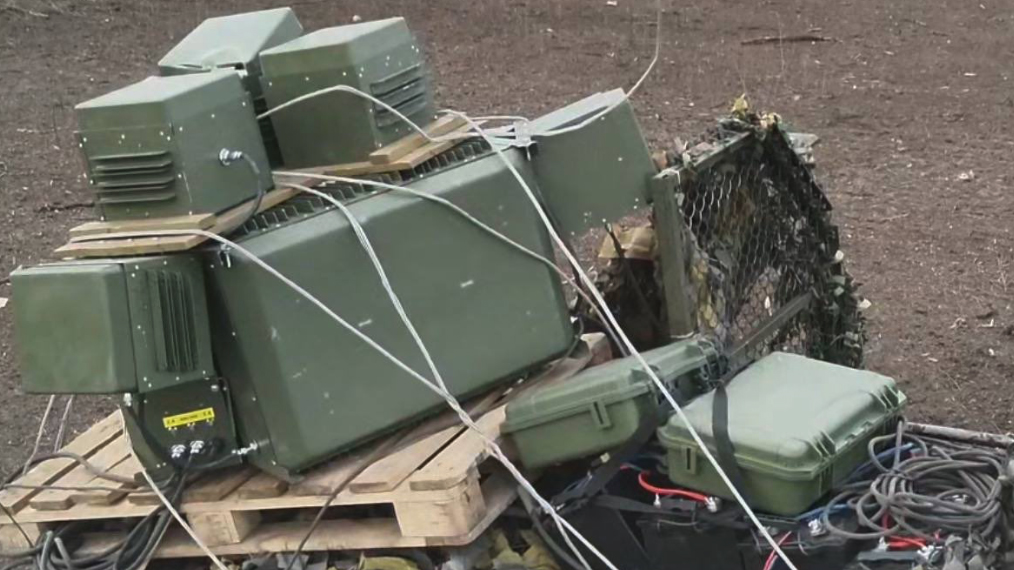
The Russian troops abandoned the T-72 in a drivable condition and it was captured by soldiers from the 12th “Azov” Special Purpose Brigade.
According to unconfirmed reports, the drone-jamming tank had been notably effective, including the ability to counter large numbers of drones with guidance systems operating on different frequencies.
Accounts suggest that the tank was finally stopped by a combination of an FPV drone strike (seen in one of the videos) and driving into a simple barbed-wire obstacle, which damaged one of its tracks, before it crashed into a BMP infantry fighting vehicle.
The process of recovering the tank was even more involved, based on the available accounts.
According to the Ukrainian claims, the immobilized tank was only around 400 yards from Russian positions when it was recovered, the salvage team working by night to bring it back to working order, moving back and forth between the tank and their own positions. At the same time, it’s alleged that a mine was also located under the tank, which had to be defused. The same account claims that, at one, point, Russian troops approached the tank in an all-terrain vehicle, before this too was hit by an FPV drone.
Finally, once the tank was moving again, it’s reported that it drove into a crater on the battlefield, with the driver/mechanic briefly losing consciousness. Not surprisingly, the soldiers involved in the recovery mission are said to have received official recognition for their bravery.
Regardless, we are likely to see Russian and Ukrainian forces continue to deploy counter-drone measures to accompany their mechanized formations. While this modified T-72 certainly looks like a one-off or at least some sort of test vehicle, jamming equipment is installed on many other vehicles, albeit those are far more modest configurations.
For Ukraine, the capture of this unusual electronic warfare vehicle is a significant windfall, which will provide an insight into how Russian counter-drone technology works. While its installation looks terrible, it also points to this system being an experimental one featuring late technology. The knowledge gained from the capture find its way back to the United States and its allies, too. A somewhat unique foreign material exploitation (FME) ecosystem has emerged from the conflict, with some of Russia’s most capable EW gear has been captured or recovered.
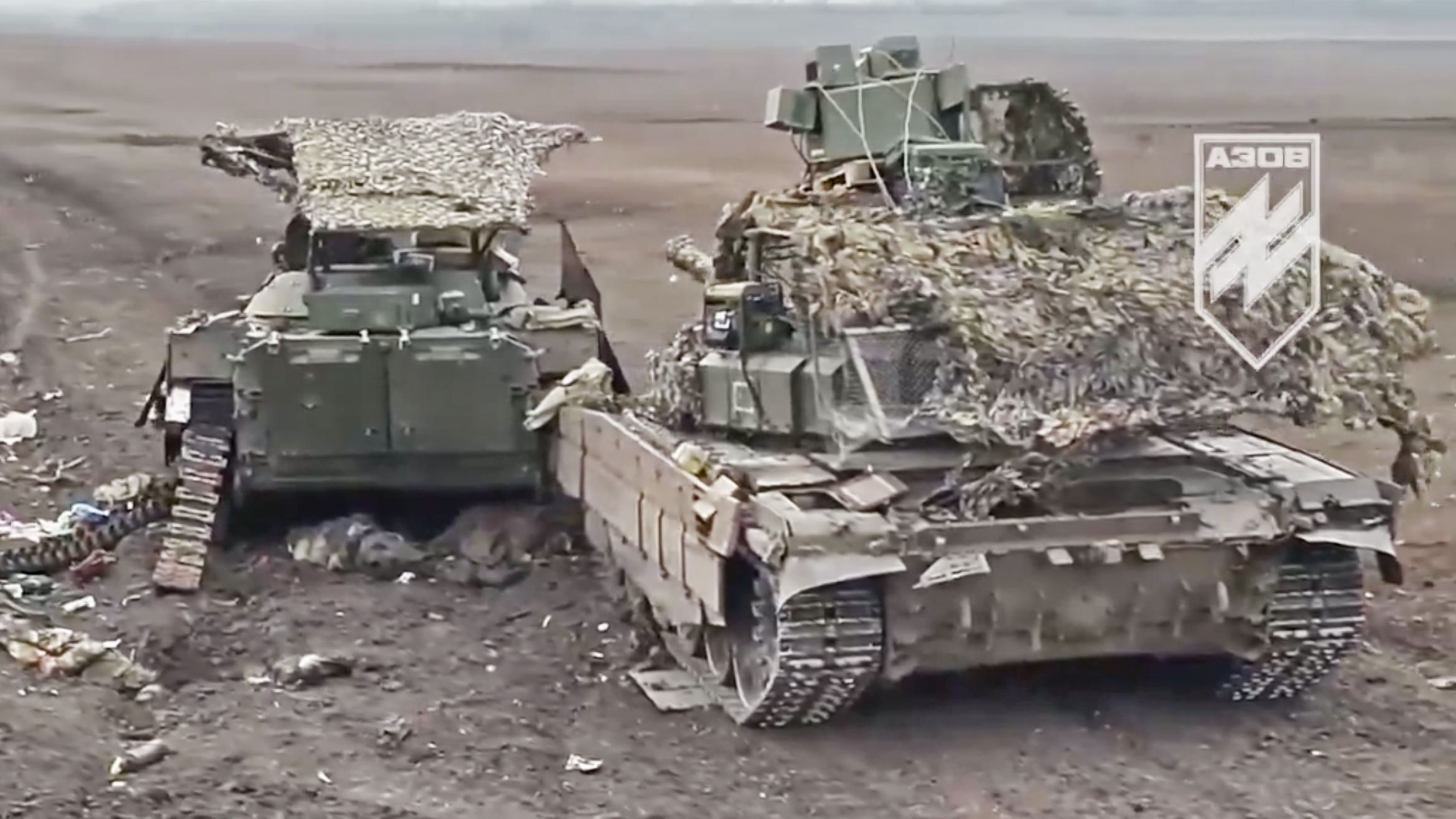
Electronic warfare capabilities are among the most closely guarded secrets of any major military force and insights into them, especially when having the hardware itself to examine, allows for countermeasures to be developed, as well as unique intelligence to be gained into the capabilities of the enemy’s industrial base and the force that deploys its products. Both sides are going all-out in an attempt to mitigate the huge losses from these drones, so new systems are being deployed at breakneck speed.
In related news, another new type of Russian counter-drone jammer has also appeared. This comprises a very distinctive tetrahedral-shaped jammer, again intended to defend against Ukrainian FPV drones. The device is intended to attach to the chosen vehicle using magnets. The efficacy of the system is being questioned as many of the past jamming systems made for vehicles have no been successful, especially some of those from China that have made their way onto the battlefield in Ukraine.
Before diving into more developments from the conflict in Ukraine, The War Zone readers can review our previous coverage here.
The Latest
Zaporizhzhia nuclear power station in southeastern Ukraine, the largest of its kind in Europe, was struck several times over the last 48 hours, according to the United Nations’ atomic watchdog agency. The safety of the plant has been a cause for concern since Russia launched its full-scale invasion of Ukraine, but the International Atomic Energy Agency (IAEA) says that this is the first time the facility has been directly targeted since November 2022 and that it endangered nuclear safety.
The IAEA, which has experts at the plant, confirmed three drone attacks on Sunday. The agency also said it assessed that Russian troops had engaged what appeared to be a drone approaching the plant’s reactor No. 6.
The IAEA didn’t attribute responsibility for the attack to either side, but its officials on site reported that “outside a laboratory, they saw blood stains next to a damaged military logistics vehicle, indicating at least one casualty.”
Today, operators at the power station said that another drone had been shot down over the roof of reactor No. 6.
“Today, a kamikaze drone was shot down over the plant. It fell on the roof of Unit 6,” the plant said.
The nuclear plant has six Soviet-designed water-cooled and water-moderated reactors containing Uranium 235 and also has spent nuclear fuel at the facility.
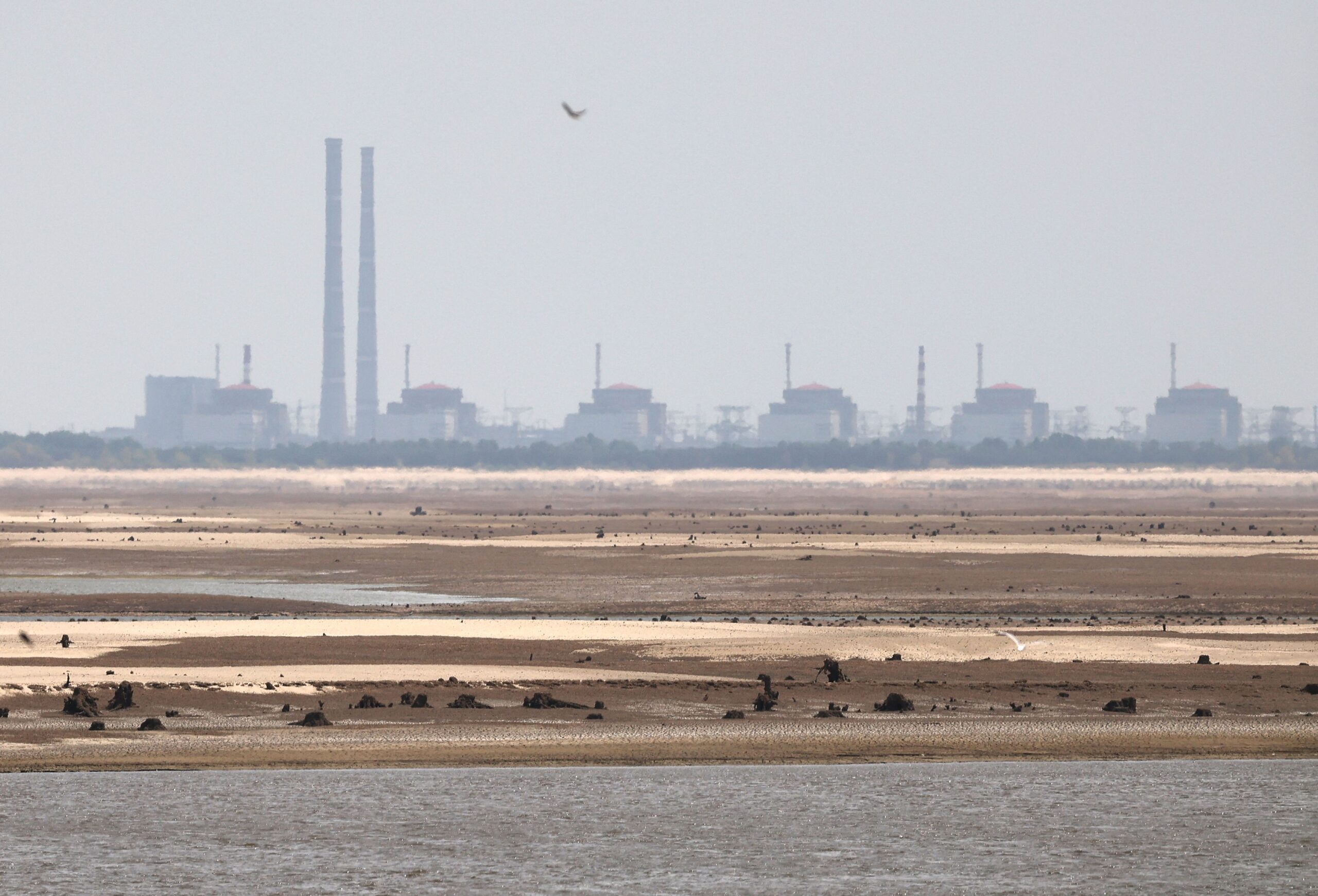
Presently, reactors No. 1, 2, 5, and 6 are in cold shutdown while reactor No. 3 is shut down for repair. Reactor No. 4 is in so-called ‘hot shutdown,” meaning that its pressure and temperature are at operating levels, but the reactor is subcritical, i.e. no nuclear fission is taking place. Staff at the site ensure that the plant’s subsystems still receive power, and that cooling systems and other safety features are still active.
“This is a major escalation of the nuclear safety and security dangers facing the Zaporizhzhia nuclear power plant,” IAEA Director General Rafael Grossi said in a statement. “Such reckless attacks significantly increase the risk of a major nuclear accident and must cease immediately. Attacking a nuclear power plant is an absolute no-go,” he added.
“Although the damage at unit 6 has not compromised nuclear safety, this was a serious incident that had the potential to undermine the integrity of the reactor’s containment system,” Grossi said.
Russian forces took control of the nuclear power station in 2022 shortly after the full-scale invasion began. Since then, Moscow and Kyiv have repeatedly accused each other of risking a nuclear accident by attacking the plant.
Russia’s state nuclear corporation, Rosatom, accused Ukraine of hitting the power station three times with drones on Sunday. Russia claims the first attack injured three people near a canteen, before a second drone struck a cargo area, and the third impacted the dome above reactor No. 6.
“Zaporizhzhia nuclear power station has been subjected to an unprecedented series of drone attacks, a direct threat to the safety of the plant,” Rosatom said. “The radiation levels at the plant and the surrounding area have not changed,” it added.
Kremlin spokesperson Dmitry Peskov today again blamed Ukraine for the attacks, calling them “very dangerous.”
Moscow has called for the West to respond.
Russian Foreign Ministry spokeswoman Maria Zakharova urged world leaders to condemn what she said was an act of “nuclear terrorism.”
Kyiv refutes the Russian accusations, saying it had nothing to do with the attacks. Instead, Ukrainian officials have blamed the Russians for staging the attacks itself, something that it has accused them of in the past.
“Russian strikes, including imitation ones, on the territory of the Ukrainian nuclear power plant … have long been a well-known criminal practice of the invaders,” Andriy Usov, a spokesperson for Ukraine’s Main Directorate of Intelligence (GUR) said.
Russian strikes involving drones and missiles have again led to a call from Ukrainian President Volodymyr Zelensky for additional air defense systems from Western allies.
“Patriots must now be in Ukraine, so there will be no need to use them on NATO’s entire eastern flank in the future,” Zelensky said.
Looking at the eastern Kharkiv region in particular, the Ukrainian leader described a situation in which the Russians are “using guided aerial bombs against the city almost daily.” Once again, Ukrainian officials have stated that the precision-guided glide bombs are a weapon for which Kyiv’s forces have “practically no countermeasures.”
Energy infrastructure in and around Kharkiv has been particularly heavily hit, as part of a major Russian campaign of winter missile and drone strikes. Recent accounts suggest that this campaign has adopted a new strategy, in which precision missiles are being used to destroy power stations in areas that are less well defended than Kyiv. The idea seems to be to inflict such heavy damage in these areas that normal energy production cannot be fully restored before next winter.
In an article in the British Financial Times, Ukrainian officials said that the damage in the 2023-24 winter offensive was not as widespread as last winter, but that the damage was worse, with several power stations, including in the Kharkiv region, having been almost completely destroyed.
Once again, accounts from the battlefield in Ukraine raise concerns about the average age of the soldiers being committed to the fight as well as the country’s swindling ability to replace those forces.
In a recent interview, a battalion commander from the 59th Motorized Brigade explained: “Even young guys can’t stand to spend two years in the trenches, their health is not good enough. And in our army, the average age is probably 40-42. Because we don’t have young people going to war, we have men who are over 40. A lot of them leave for health reasons… And fewer come back for various reasons.”
The Ukrainian military has made efforts to try and field more soldiers, but expanded mobilization plans were dealt a blow after the parliament refused to debate a new bill on this topic earlier this year.
A previously unknown type of unmanned surface vessel (USV), or drone boat, has appeared in the Black Sea.
Discovered capsized in Romanian waters on April 3, the USV is based on a U.S.-made AM-800 rigid inflatable boat (RIB). Roughly 30 feet long, the aluminum-hulled rescue boat has been modified as a ‘kamikaze drone,’ with a relatively huge warhead, reportedly lifted from a Soviet-era P-20 (SS-N-2B Styx) anti-ship missile. The warhead weighs around 1,100 pounds, much heavier than seen in previous attack USVs.
For example, the Ukrainian-developed Magura V5, which has been used in a string of attacks on Russian Black Sea Fleet shipping, reportedly can carry a payload of 705 pounds. It has a length of around 18 feet.
Multiple Magura V5 drones are typically used to target a single ship, with the drones even being targeted against the same particular area of the vessel, for enhanced destructive effect.
Notably, Silver Ships, which manufactures the AM-800, had previously been reported as supplying Ukraine with unspecified marine craft, as part of U.S. military aid packages.
Provided the new USV is Ukrainian, which seems highly likely, the larger warhead may indicate that it’s intended to be used singly, and still have the destructive power to sink a larger warship.
According to Ukrainian claims, the latest Russian warship to have sustained serious damage was not in the Black Sea, but at the naval base in the city of Baltiysk, in Russia’s Kaliningrad region on the Baltic Sea. Ukraine’s Main Directorate of Intelligence (GUR) reports that the Russian Navy Project 21631 Buyan-M class missile ship Serpukhov was “burned out” due to a fire at the naval base yesterday.
“A fire inside the missile ship completely destroyed its communications and automation equipment,” the GUR added on its Telegram channel, together with a video that briefly shows a fire, apparently onboard the ship. If not filmed aboard the Serpukhov, it does at least seem to show the interior of a Buyan-M class ship.
“It will take a long time to restore the Serpukhov’s combat capability,” the GUR adds.
The GUR doesn’t claim that pro-Ukrainian elements were responsible, but an attack on Russian military equipment deep within Russia’s own territory would be far from unprecedented.
Claims of the destruction of military aircraft as a result of an attack on a Russian airbase that was claimed by Ukraine appear to have been premature.
In the last Situation Report, we looked at those Ukrainian claims, stating that a drone strike on Morozovsk Air Base, home to dozens of Su-34 Fullback strike aircraft and a forward operating base for other Sukhoi fighters, left at least six military aircraft destroyed and badly damaged eight others. Kyiv also claimed that 20 Russian personnel on the base were killed or injured.
Since these claims, satellite imagery has become available, showing 29 jets visible in parking areas across the facility the day before the attack. In imagery obtained from Planet Labs, over the weekend, we can count the same number of aircraft, with no major damage being visible to them or to infrastructure at the base. Full analysis is available here.
While there remain legitimate concerns about its authenticity, a video has emerged that purportedly shows two U.S.-made UH-60 Black Hawk helicopters operated by Ukraine’s Main Directorate of Intelligence (GUR) on territory within Russia’s borders.
Provided the footage is genuine (the audio track, at the least, has been dubbed later), the helicopters would appear to be operating in Russia’s Belgorod region, very close to the Ukrainian border, just to the north of the city of Kharkiv.
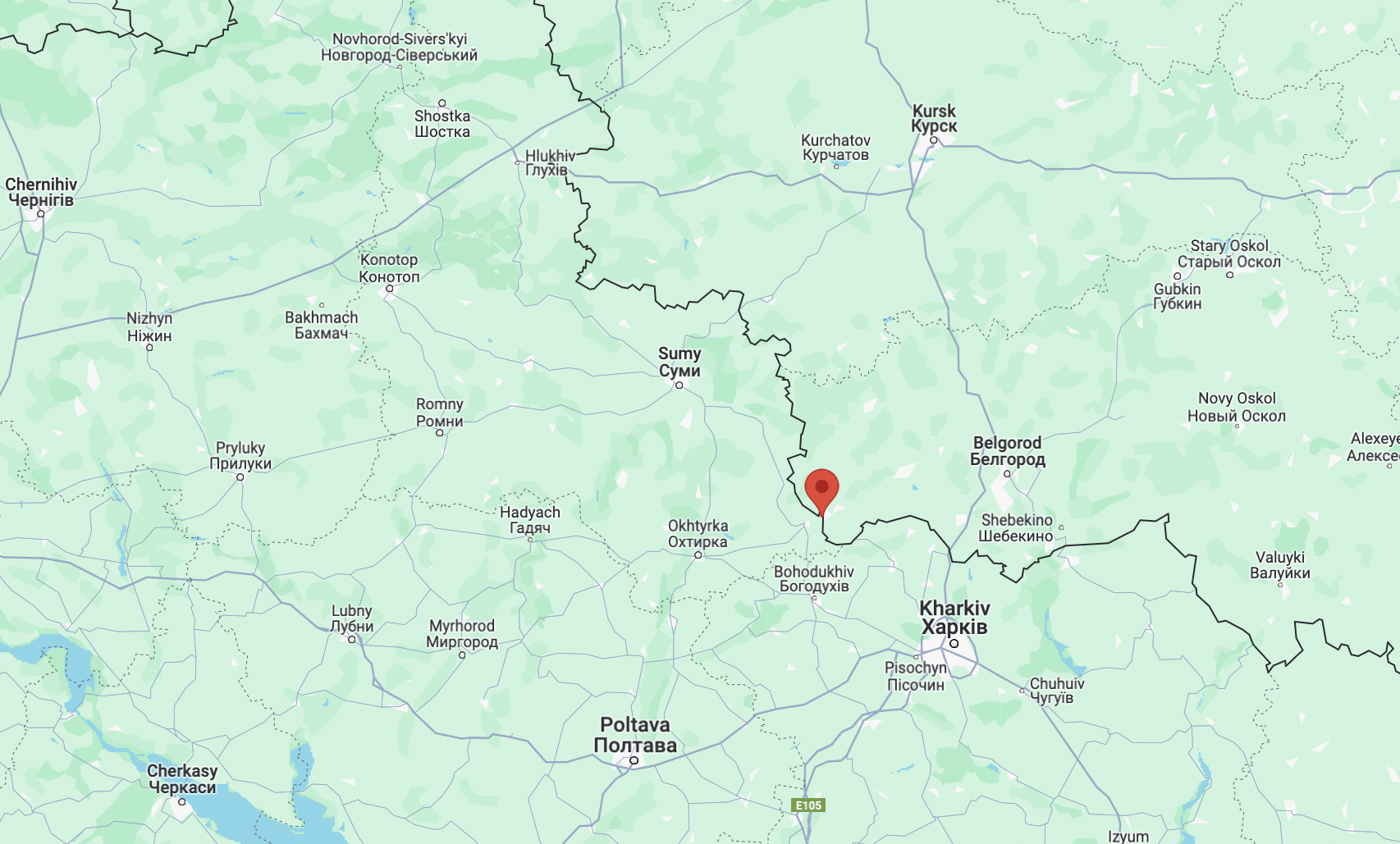
Again, we cannot be sure that the video is authentic, but we do know that the GUR operates at least two Black Hawks in the markings seen. Following the appearance last year of the first example in service with the GUR, the existence of a second of the helicopters was established last month, as you can read about here.
We also know that the GUR does indeed operate its helicopters on cross-border missions, although until now we were only aware of Soviet- and Russian-design types undertaking this kind of work.
In the past, however, we observed how the Black Hawk would be an ideal platform for cross-border raids and medical evacuations. As we wrote back then:
“The Black Hawk’s comparatively high speed and maneuverability could offer useful advantages in various contexts, including being able to quickly insert or extract personnel from a host of different locations. Ukraine’s Defense Intelligence directorate has, among other things, been conducting and otherwise facilitating demanding cross-border raids into Russia where this increased performance might be valuable, even with any additional risks to the crew.”
The first GUR Black Hawk was previously owned by Ace Aeronautics, LLC in the United States, where it carried the U.S. civil registration code N60FW. The origins of the second helicopter have yet to be confirmed.
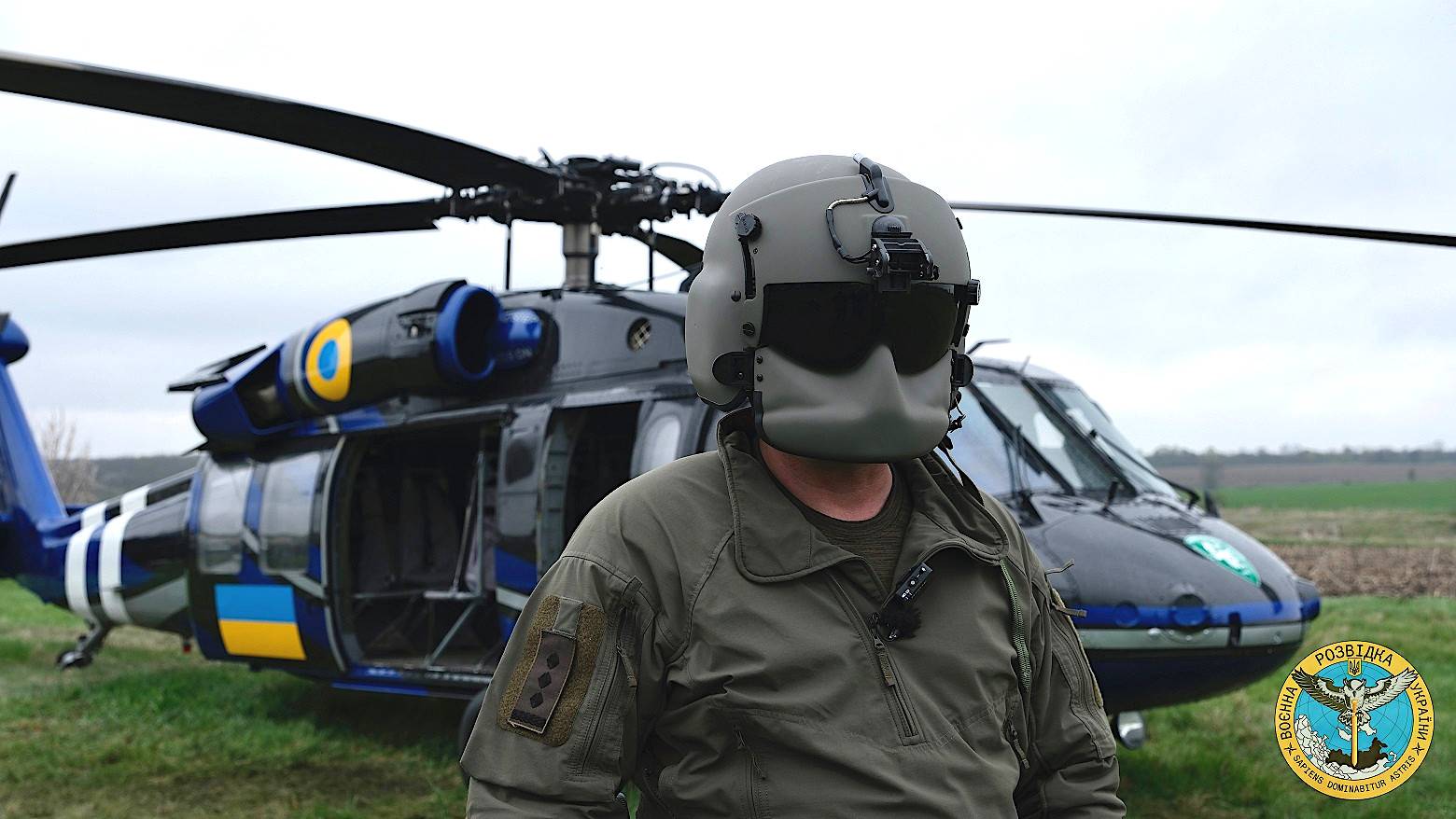
Elsewhere in the Belgorod region there have been sightings of Ukrainian jet-powered one-way attack drones, namely what appears to be an adapted version of the British-made Banshee, which first appeared earlier this year.
Meanwhile, an apparently new type of Ukrainian drone is also now being used over the battlefield. Known as the Backfire-K1, the uncrewed aerial vehicle is seen here with a payload of 9N235 high-explosive/fragmentation anti-personnel submunitions, taken from the same 9M55K rockets that are fired by the Smerch multiple rocket launcher. Reportedly having a range of around 22 miles, the Backfire-K1 is intended to be reusable, with a parachute for recovery. Accuracy is achieved through the use of a GPS guidance system.
The United States has ratcheted up the pressure on Beijing amid Russia’s diplomatic visit to China, and the potential for closer military ties between those two allies.
Today, Russian Foreign Minister Sergei Lavrov arrived in Beijing for a visit that is being seen as highly symbolic of the deepening relationship between Russia and China.
In response, the U.S. Treasury Secretary, Janet Yellen, has threatened sanctions on China’s banks which aid Russia’s military capacity. Yellen, who recently completed her own talks with Chinese officials, told reporters that “any banks that facilitate significant transactions that channel military or dual-use goods to Russia’s defense-industrial base expose themselves to the risk of U.S. sanctions.”
Although China backs Russia in the Ukraine war, Chinese Foreign Ministry spokesperson Mao Ning claimed today that “China has an objective and fair position on the Ukraine issue … We have been actively promoting peace talks and political solutions. China is not a creator or party to the Ukraine crisis, and we have not and will not do anything to profit from it.”
First-person-view (FPV) drones appear to be taking on new roles in the war, with reports that the Russian Navy has begun the experimental deployment of these drones on warships, to help defend them against attacks by Ukrainian uncrewed surface vessels (USVs). A video has been published that purports to show the USVs being tested in this role aboard a Black Sea Fleet vessels somewhere off the coast of Crimea.
Only last week, The War Zone presented the compelling arguments that exist for using drones in this kind of role. For Russia, it seems that the repeated successful attacks on its warships by Ukrainian drone boats has led to a similar conclusion: Namely, using lower-end drones to fight back against the relatively inexpensive uncrewed systems that are now providing a very serious threat to its maritime power.
It’s been some time since we have seen such a dramatic use of Ukraine’s prized M142 High Mobility Artillery Rocket Systems (HIMARS) as that presented in the video below. The location of the strike is said to be the settlement of Velyki Kopani, in the Kherson region of southern Ukraine. The target in this instance was a gas station, apparently being used to refuel, or at least shelter, a variety of different Russian equipment.
Russian occupation forces in Mariupol, in the Donetsk region of eastern Ukraine made a bizarre discovery. The vehicle seen below was dug up by the Russian troops. It is a locally developed armored vehicle, known as Azovets, that was produced by an engineering branch affiliated with the Azov Assault Brigade, a formation of the National Guard of Ukraine formerly based in Mariupol. The prototype, which is based on a T-64 tank chassis, was apparently completed in 2015, but soon disappeared until its recent rediscovery.
An interesting account of the level of the mine threat in Ukraine is provided in the next video by Pete Smith, the Ukraine chief of the HALO Trust, an organization that clears landmines and other explosives and helps countries after conflict. Smith says that the heavy use of mines in Ukraine “is unrecognizable in modern times” and that the country now has the dubious title of the world’s most mined country.
Finally, in what may well be some kind of record, a drone filmed a Russian tank carrying no fewer than 26 soldiers into battle. The tank appears to run over a mine, forcing the soldiers to flee in all directions. In this instance, riding onto of the hull likely provided a much better chance of survival than within the hull of an armored infantry fighting vehicle.
Contact the author: thomas@thewarzone.com
